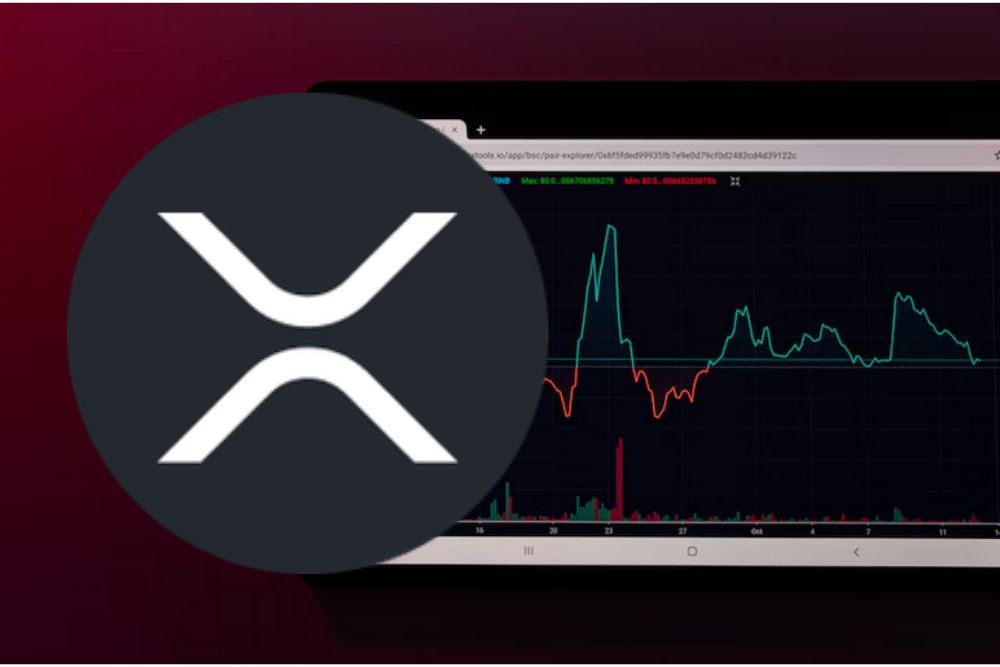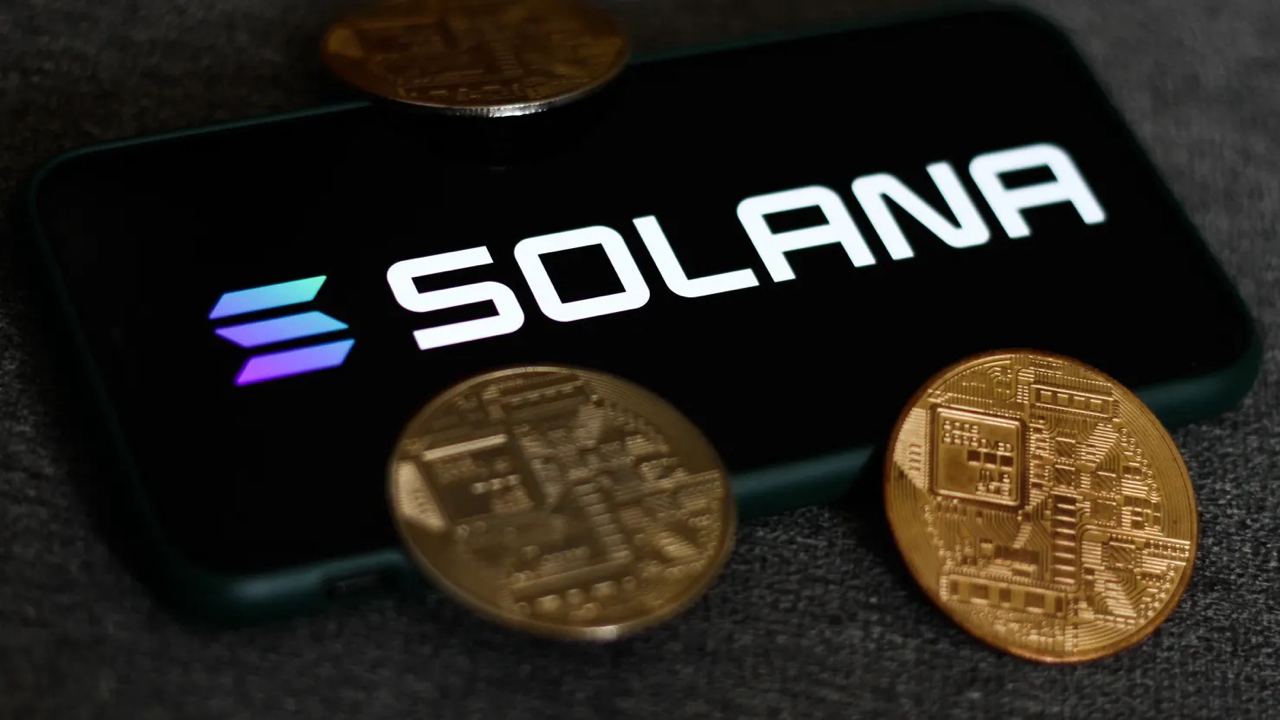
For a long time, stablecoins have been the backbone of the digital asset ecosystem. They are essential to crypto’s liquidity landscape, providing the sorts of dollar-pegged assets that facilitate trades and offer safety in otherwise volatile markets. But of late, they’ve been looking a bit less stable—and for a few pretty plausible reasons. #Stablecoin supply growth remains positive but has softened in recent weeks. As stablecoins serve as core quote assets across crypto markets, this slowdown adds further evidence of a broad contraction in digital asset liquidity and a more risk-off environment. pic.twitter.com/2ccBnwsSzp — glassnode (@glassnode) April 17, 2025 As almost every crypto exchange and trading pair, stablecoins like USDT, USDC, and DAI, have core quote assets. These assets signal capital movement and sentiment. When the supply of these assets is rising, it almost always indicates that an influx of fresh capital is coming into the space and is ready to be deployed into some of the riskier assets. At times when capital isn’t flowing into the forced reserve stablecoins, we can assume that investors are either pulling capital from the space or sitting in the space waiting for clearer market signals. The recent slowdown in stablecoin supply expansion, while subtle, is adding to accumulating signs that the wider crypto market might be entering a more prudent phase. After a year that was 2024—speculatively by the main meme coin manias, AI token rallies, and a deluge of fresh on-chain projects—that part of the crypto world seemed more like the deep, blue sea than the promising surf zone. And this is not to even mention at the turn from late 2024 into early 2025 and what might happen to crypto price action and trading volume if the Fed persistently keeps interest rates high. #Stablecoin transaction volume surpassed Visa`s payment volume for the first time in 2024 in 2024, according to reports. pic.twitter.com/qLJH5Lg5iH — Christiaan (@ChristiaanDefi) April 17, 2025 Stablecoins Outpace Visa in Transaction Volume Even with this growth slowdown, stablecoins’ influence in international finance appears to be gaining. Reports suggest that, for the first time ever, stablecoins cleared more in payments than the Visa network does in a year. That’s quite a milestone for an asset class that many in traditional finance still view as a bit of a wild child. But what’s happening here isn’t just a crypto thing. This is also about transactions based on U.S. dollars, and stablecoins clearing payment volumes in a dollar-dominated world. Tether (USDT) has seen a 13% increase in users in Q1 2025, showcasing its role as a key financial tool in developing countries facing economic challenges. More info https://t.co/S5T6AnqxoQ #Crypto #Investment #USDT #Stablecoin #Finance — Cobak (@CobakOfficial) April 15, 2025 Fast, low-cost and borderless transactions—that’s what you get with stablecoins. This makes them a not-so-secret weapon for not just traders but also businesses, remittance platforms, and individuals wandering through the financial desert of unstable monetary policy. These dollar-backed digital currencies are part of a shift that threatens to take a huge bite out of the payment systems operated by traditional banking giants. Among all stablecoins, Tether (USDT) remains the forerunner in adoption. In the first quarter of 2025, USDT had a user base that increased by 13%—that is, a significant leap that indicates growing usefulness in the very sort of places where its sort of decentralized functionality is most desired: developing nations. Those from the developed world who are poor and who are told they might as well stay poor are increasingly using Tether to shield themselves and their families from the sorts of things that make a currency unstable, inflation guaranteed, and financial system collapse all but certain. The expanding utility places stablecoins at a unique intersection of the crypto innovation and real-world financial resilience. While the speculative use cases may ebb and flow, the demand for stable, accessible, and censorship-resistant money remains persistently strong, especially in places where conventional finance fails. But, the macroeconomic headwinds we encounter don’t just blow against stablecoins; they blow against the whole crypto market and the whole economy. A sustained recession or series of negative quarter-on-quarter GDP reports (which can sometimes happen) can lead to memories of the Great Depression. These are waters the whole crypto market is trying not to tread. The worry among stablecoin issuers is that regulators may restrict the amount of cash that can back a stablecoin. However, a recent report from the International Monetary Fund notes that funds held at banks may not be enough to back all the stablecoins in circulation. If that’s the case, stablecoins are at another near-death experience. However, at present, stablecoins exemplify how crypto can shake up and make financial systems more accessible. Stablecoins were in the Digital Dollar 1.0 phase. They now meditate on what the next phase looks like. That is why they are here, reading from the same hymnal but acknowledging in their different ways that the agenda must change. In the coming year, the market will be observing intently to determine if the ascent of the stablecoin supply will once again gather steam—or if this most recent cool-off is a sign of a much longer withdrawal stretching over the whole crypto realm. Disclosure: This is not trading or investment advice. Always do your research before buying any cryptocurrency or investing in any services. Follow us on Twitter @nulltxnews to stay updated with the latest Crypto, NFT, AI, Cybersecurity, Distributed Computing, and Metaverse news !
NullTx
You can visit the page to read the article.
Source: NullTx
Disclaimer: The opinion expressed here is not investment advice – it is provided for informational purposes only. It does not necessarily reflect the opinion of BitMaden. Every investment and all trading involves risk, so you should always perform your own research prior to making decisions. We do not recommend investing money you cannot afford to lose.
Bitcoin Price Alert: Major Liquidation Risks as Key Levels Approached in April

As of April 20, COINOTAG reports that recent data from Coinglass indicates a critical threshold for Bitcoin. If Bitcoin dips below $83,000, a significant long liquidation event could see around NullTx

Dogecoin Community Anticipates ETF Decisions Amid Daily Inflation of Over $2 Million
As the excitement surrounding Dogecoin builds, its community eagerly anticipates crucial ETF approval decisions from the SEC, illuminating the memecoin’s enduring popularity. Despite facing daily inflation issues, Dogecoin continues to NullTx











